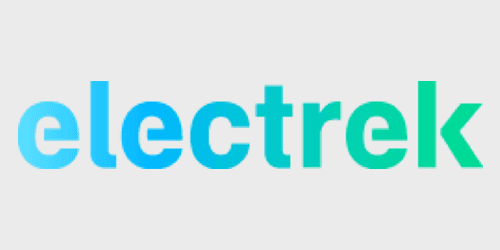
US and European insurers are now refusing to cover coal, yet the Independent reports that UK banks are still loaning money to finance new coal plants (in addition to many other global banks). Throw in new Energy of Secretary Dan Brouillette’s rather bizarre statement this week that “coal has a bright future,” and it’s apparent that the demise of coal isn’t going to be entirely straightforward.
Further, The Environmental Protection Agency (EPA) has proposed to weaken regulations on mercury emissions and fine particulates from coal-fired plants. But six economists say the EPA is ignoring the fact that weakening the regulation would cost billions in healthcare.
Of the EPA’s proposal to weaken coal-plant regulations that would cut down harmful emissions, Reuters reports:
“Instead of weighing all the costs against all the benefits, the EPA is cherry picking,” said Yale University’s Matthew Kotchen, who released a report on the agency’s proposal with the other economists. “They pulled the biggest public health benefit off the scale.”
Several of the authors of the report, including Kotchen, were on the EPA’s Environmental Economics Advisory Committee that was part of the agency’s independent science advisory board for 25 years.
The authors are now on the External Environmental Economics Advisory Committee, an independent group that says it provides nonpartisan advice on EPA programs.
Uninsurable coal
So the scientists feel it’s bad for both the environment and for health. And it looks like the insurance companies are getting the message. Whether it’s because they truly want to fight climate change, or recognize that it’s not good business to insure a dying industry remains unclear, but they’re pulling out.
The number of insurers withdrawing cover for coal projects more than doubled in 2019. US companies have joined European companies, leaving Lloyd’s of London and Asian insurers as the holdouts.
“Most coal projects cannot be financed, built or operated without insurance,” reports the Guardian.
On Monday, the day the UN climate summit launched in Madrid, Insurance Enterprise Risk Management held a conference called Insurance & Climate Risk EMEA 2019 in London. One of the sessions was called, “2019 Scorecard Feedback on Insurance, Coal, and Climate Change.” It was due to cover:
- Coal insurance restrictions go mainstream — leaders and laggards in the sector
- Ending new and phasing out existing coal operations
- New frontiers of insurance action on climate change
Dirty private bank money
Meanwhile, the Independent (being a British paper) named and shamed UK banks who are still lending to coal, with almost £25 billion ($32 billion) going to coal plants. It reports that Barclays, HSBC, Standard Chartered, and Royal Bank of Scotland provided funding after the 2015 Paris Climate Agreement was adopted.
All four of those banks are on the Netherlands-headquartered NGO BankTrack’s 2018 list of private banks who are still lending to coal, and the UK leads in coal bank loans in Europe. The top 6 on that list are all in Asia, with the US’s Citigroup coming in at No. 7. (Click on the link above to see the entire list.) China dominates the underwriting, at 72.6% — although that went from $127.6 billion in 2016 to $66 billion in 2018.
Electrek’s Take
Let’s look at this from a purely financial perspective for a minute. Coal plants are shutting down like crazy in the US and Europe, insurance companies are quickly pulling away from insuring them, and scientists have declared that coal costs an absolute fortune in healthcare costs.
On the US front, on September 17, Electrek reported that US coal shipments are at its lowest level in 36 years. And on October 29, Electrek reported that the US’s largest private coal company filed for bankruptcy.
And yet the world’s private banks — even though the amounts are shrinking — are still lending to a dying industry. It’s a given that it’s terrible for the planet and its people. But how is that smart business?
FTC: We use income earning auto affiliate links. More.




Comments